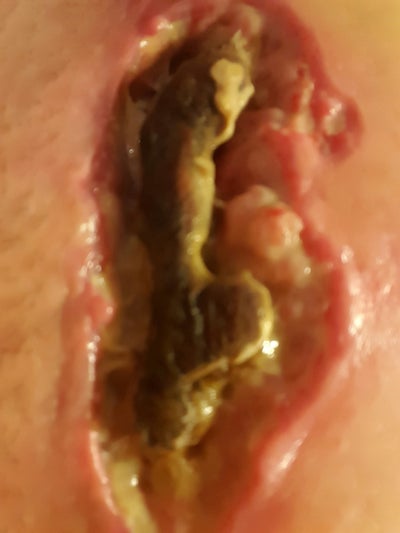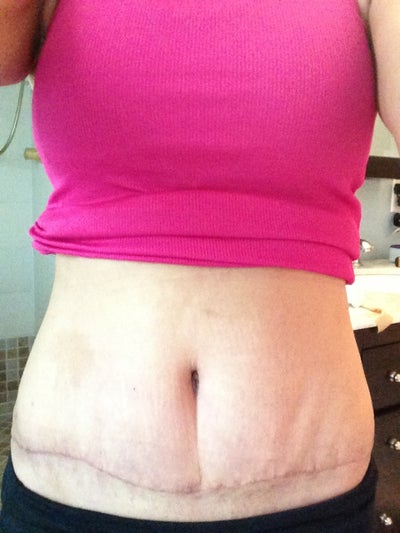

• The first scar extends transversely just above the pubis and can be perfectly camouflaged by the panties or the swimsuit. Like any surgery, abdominoplasty requires incisions and will leave behind permanent scars. The excess of fat is thus eliminated by an excision.
#Swelling week by week tummy tuck recovery skin#
After an incision is made on the supra pubic area, the skin and fat tissue are elevated up to the rib cage level then re-draped over the abdomen and stretched to eliminate any skin folds. • Lifting of the tummy where healthy skin is lowered to reshape the abdomen. • Umbilical transposition where the navel is repositioned. • Removal of excess skin located between the pubis and the navel. • Tensioning of the abdominal muscles to treat abdominal diastasis, where the muscles of the abdominal wall are tightened. • Detachment of cutaneous and fatty tissues to the upper border of the stomach area. This action helps thin the abdomen and smooth it. • Liposuction on the entire abdomen, stomach area, and flanks. Several surgical techniques are combined, and the abdominoplasty takes place in several distinct stages:

When the diagnosis reveals significant lesions of the skin (notable skin distention, stretch marks and/or scarring, lack of tonus), an alteration of the abdominal wall (presence of diastasis recti, umbilical hernia), and an excess of fat on the abdominal wall and possibly the flanks, the right treatment is always a complete tummy tuck with liposuction.Īnesthesia is always general, and the duration of hospitalization is often less than 24 hours, depending on the patient. After a medical examination, the plastic surgeon might recommend a mini tummy tuck, a complete tummy tuck, and even an extended tummy tuck if the skin folds are present on the flanks as well. In the field of abdominal wall surgery, there is no single surgical technique and it is essential to analyze several parameters, such as the condition of the skin, if there is muscle tonus, and the amount of excess fat in the belly. – The strengthening of the abdominal muscles to treat the diastasis recti and tightening of the muscles of the abdominal wall.Ī clinical diagnosis will enable the plastic surgeon to develop the best surgical strategy. – The removal of excess skin, to treat skin distensions and proceed to a tensioning of the skin (skin lifting). – Liposuction of fat deposits in excess in order to refine the flanks and the entire abdomen. This is the reason why many abdominoplasties start with a liposuction. While abdominoplasty is often performed as a standalone procedure, in some cases the plastic surgeon might suggest associating it with other interventions such as liposuction to help the patient achieve his goals and superior aesthetic results. In this article, we will discuss the tummy tuck and when the swelling that can occur after the procedure disappear. However, just like any other surgical procedure, there are potential risks, complications and side effects that can occur.Ī common occurrence after abdominoplasty is swelling. The procedure is frequently performed nowadays to correct these imperfections and is considered safe for the patient. Cases of diastasis recti (relaxation and separation of the abdominal muscle) and umbilical hernia (protuberance in the area of the navel) can also be an indication for abdominoplasty. Multiple pregnancies, weight fluctuations, hormonal disorders, sedentary lifestyle, and the natural aging process are factors that can induce skin sagginess, excess fat located in the abdomen, or even a real “abdominal apron.” These imperfections, in addition to their unsightly appearance, can sometimes cause pelvic and back pain.


 0 kommentar(er)
0 kommentar(er)
